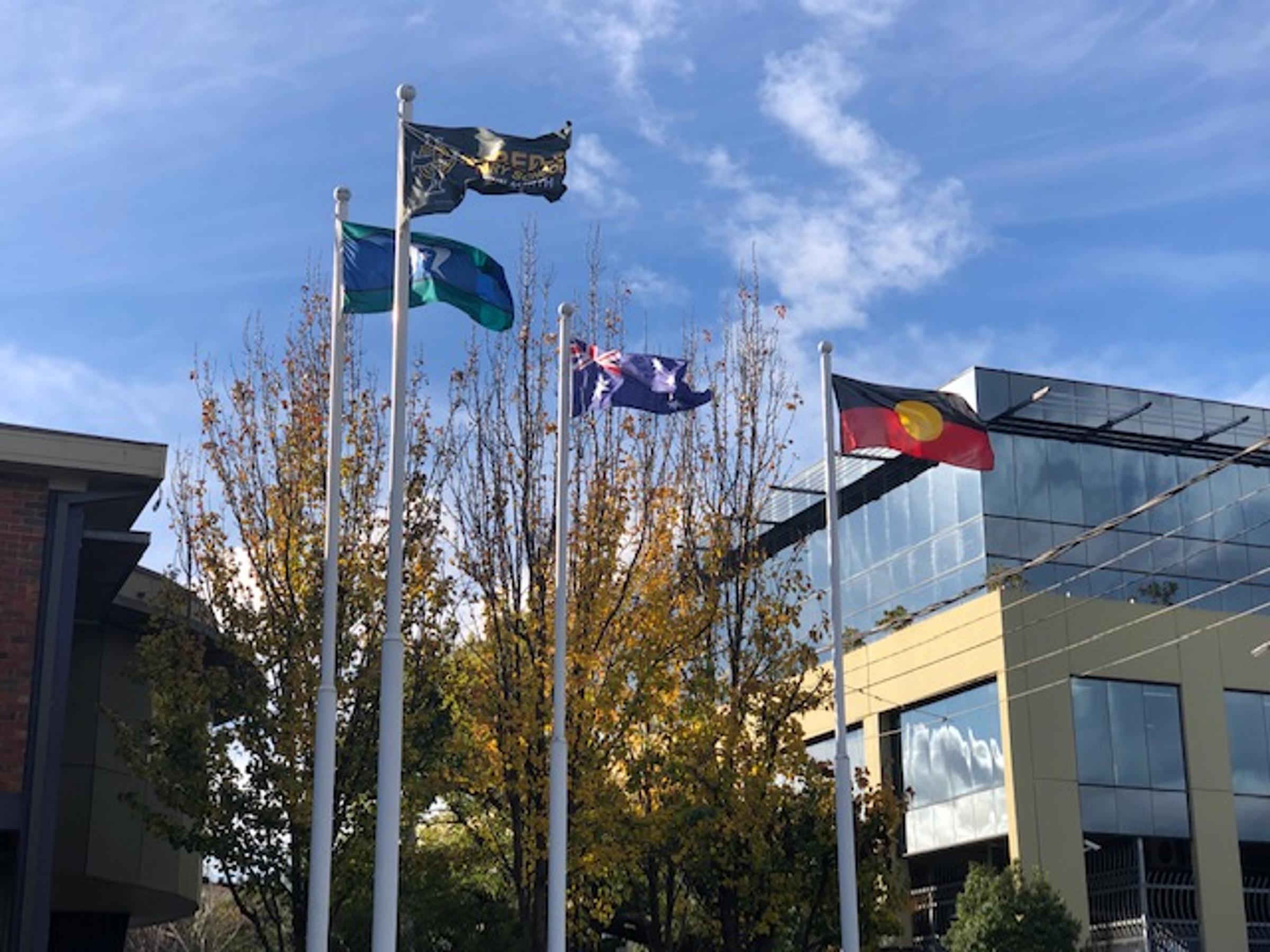Deputy Principal

National Science Week
This week is National Science week. The theme this year is Deep Blue: Innovations for the Future of our Oceans. As part of our remote learning the students have been exploring various aspects for science through the interactive science website Generation Genius, Always wonder always question.
A fun activity to celebrate science at home this week is the chemistry experiment 'Fireworks in a Jar'.
COLOURFUL CHEMISTRY Explore density, colour and the properties of liquids
ACTIVITY IDEA: Fireworks in a jar
MATERIALS: Tall glass (or glass jar), water, small measuring cup, vegetable oil, food colouring (a few different colours) in dropper bottles, fork
METHOD:
• Half-fill the tall glass with water.
• Pour about 50 mL of vegetable oil into the measuring cup.
• Add food colouring to the oil (three drops of each colour).
• Mix the oil and food colouring with the fork to break up the drops of food colouring to make smaller drops.
• Slowly and carefully pour the vegetable oil and food colouring from the jug into the glass of water and notice how the oil floats to the top.
• Watch as the drops of food colouring slowly sink through the oil. As each drop reaches the water, you will see a burst of colour in the water.
Invite children to describe what is happening and to explain why they think it is happening.
Background explanation:
What’s happening? Oil and water do not mix well and oil floats on water because it is less dense. The food colouring sinks through the oil towards the water because it is made of pigment mixed with water. When the colour pigment reaches the water, it creates streamers that look like fireworks. Density is a measure of the amount of mass in a given volume. It is a difficult concept to introduce to young children, but exposing children to activities related to density provides them with experiences that will help them build knowledge and understanding. Knowing ‘what’ happens will give a child the experience they need to learn ‘why’ these things happen as they grow older and move into higher levels of education.
More colourful chemistry ideas
• Use plastic pipettes to transfer coloured liquids between containers, exploring the properties of fluids and developing fine motor skills. Cheap pipettes are available from discount stores and craft shops.
• Draw on a strip of paper towel using water-soluble markers and stand the strip of paper in a cup of water. Watch as the colours move up the paper. For darker colours, the different pigments in the ink will separate as they move up the paper.
• Create a role play chemistry laboratory with test tubes, beakers and flasks made from recycled materials.
• Research traditional paints used in Indigenous art and how the different colours are created from natural materials.
• For 0 to 2 year olds, fill small plastic bottles with various liquids such as different amounts of coloured water, vegetable oil and water, and make glitter bottles using warm water, gum glue and glitter. Close the bottles tightly and secure with duct tape.
The zoo is also holding free student webinars for science week. The webinars can be found at: https://www.zoo.org.au/media/3954/webinar-timetable-term-3-2020.pdf
Wishing you loads of science fun at home.
Kind Regards,
Larissa
Reference: https://www.scienceweek.net.au/wp-content/uploads/2020/03/Science_Week_Early_Childhood_ideas_WEB.pdf
